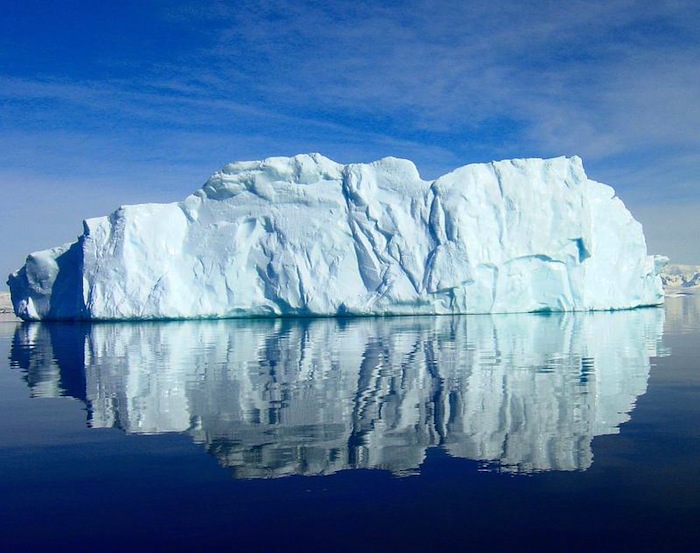An iceberg is a larger piece of ice that gets separated from glaciers or ice shelves and floats in water. This process is known as calving. Calving could happen naturally or also due to the changes in temperature and climate.
Antarctica is the southernmost continent on earth and its landmass is covered with ice. Recently, a huge iceberg split off of Antarctica. The Iceberg separated from the Ronne Ice shelf and is floating in Weddell Sea. It is named as A-76 and it is spread across 4,320 square kilometers which states that it is three times the size of the capital city of India. According to scientists A-76 is the world’s largest iceberg and it might drift in the ocean for a few years before it splinters and melts. Scientists at British Antarctic Survey had spotted it for the first time on May 13, the U.S. National Ice Center had confirmed it with the help of images captured by European Space Agency’s satellite.
Although breaking off of an iceberg from the ice shelves of Antarctica is a usual and scientists believe that it’s a part of the natural polar cycle, the climatic changes witnessed in recent decades by the region could also be one of the reasons for A-76 break off.
According to Mark Drinkwater who is a senior scientist at the space agency, The iceberg A-76 will eventually get away from Weddell Sea around Antarctica and make its move towards the South Atlantic over the years.
A-23A which was of 3,880 square kilometers in size was also the largest iceberg and remained in the same area since 1986.
Earlier A-68 was the world’s largest Iceberg and was 5 times the size of Newyork City. It measured 5,800 square kilometers in size when it detached itself from the Larsen C ice shelf in Antarctica. But slowly it scattered into pieces giving birth to bergy bits and disappeared early this year.
The destructive activities of mankind have contributed to global warming and the same has been causing changes in environmental balance. In the future, we might come across a much bigger chunk of ice dislodged from glaciers or ice shelves because of human activities affecting the environment. So, it is very clear that we must join our hands together and initiate efforts to reduce the effects of global warming.

